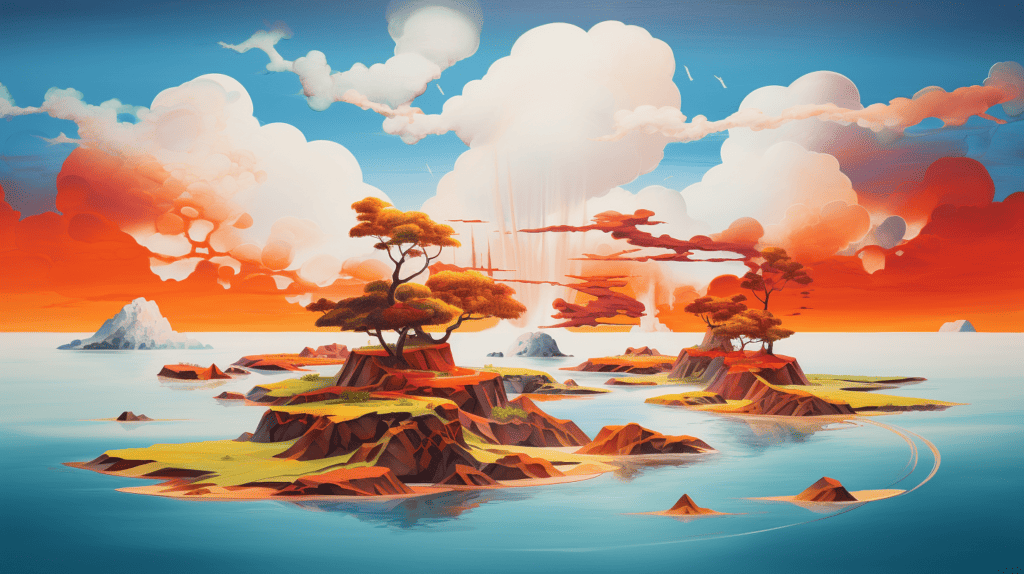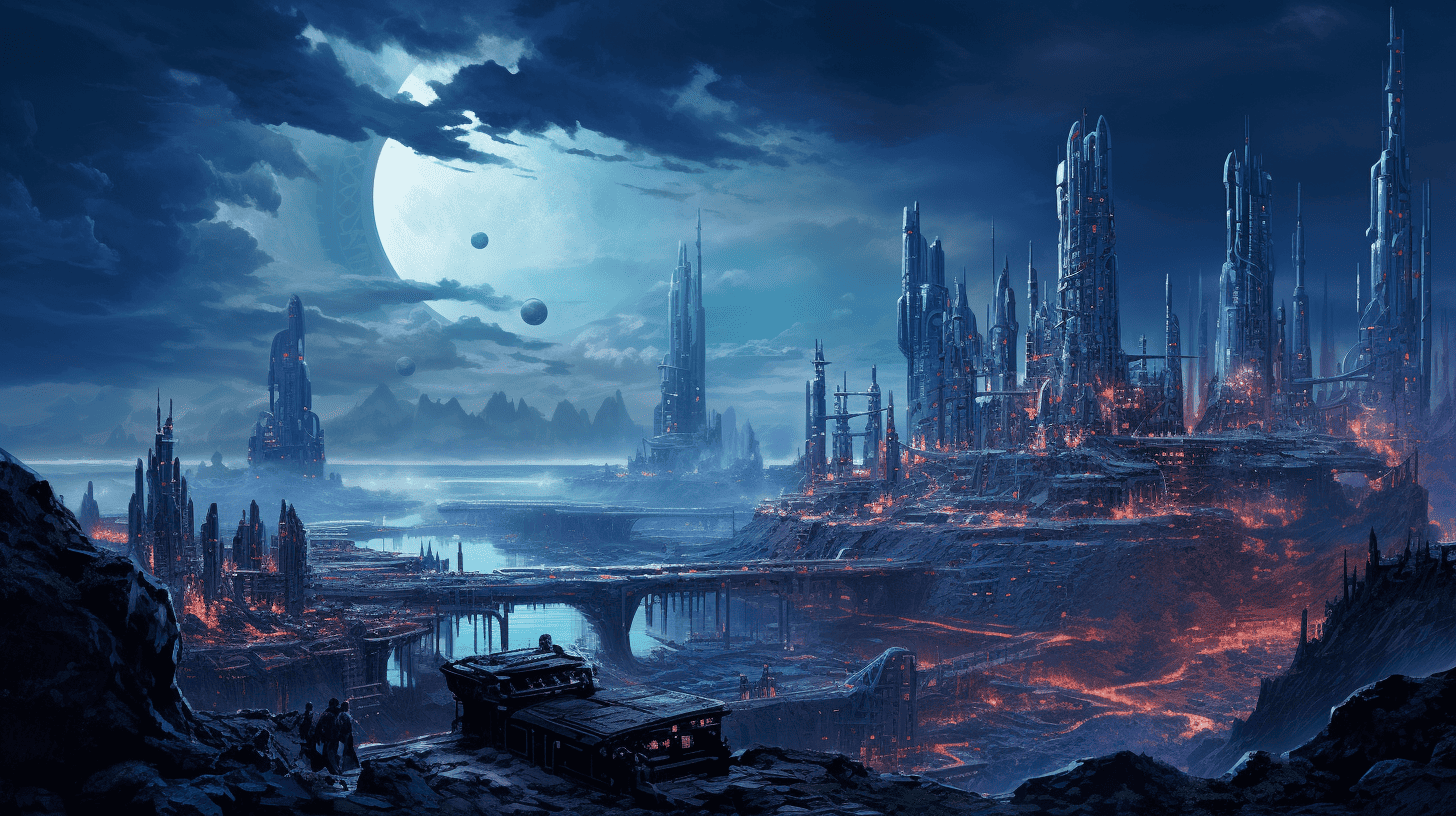When building a Magic the Gathering deck, it’s very important that you distribute resources properly, so you get a good balance between spells, creatures, and land.
Depending on what your deck is designed to do, you should have more or fewer land cards. Aggressive decks usually have fewer lands since their mana curve is lower and they want to stuff a lot of cheap creatures in the deck, for example. So, generally, how many lands should be in a 60-card MtG deck?
As a basic rule, land cards should make up about 40% of your deck. In a 60-card Magic deck, this is around 24 cards. This number should vary depending on what type of deck you’re playing. If you can generate mana using other resources such as Llanowar Elves, you can decrease the number of land cards in your deck.
As you can tell, there isn’t a set number of land cards for every single deck. Let’s go over this in detail. Keep reading to learn everything you need to know about land distribution in 60-card Magic decks.
How Many Lands in a 60-Card Deck?

Having around 24 land cards in a 60-card deck is a very good rule of thumb. However, this number can vary. Aggressive decks want to dominate the board very early, and this means having a large number of cheap creatures in your deck.
Cheap creatures are, well, cheap, so you won’t need as many lands in your deck. Having fewer lands in a deck like this will also make sure that you draw those creatures. Other decks play more expensive cards, and as a result, they need more mana.
Another factor to consider is if your deck has alternate ways of producing mana. Cards such as Llanowar Elves, Cultivate, and so forth will provide mana for you, which means that you won’t have to draw as many land cards to apply your game plan.
It’s not a 1:1 replacement for mana, however, since mana base cards that aren’t lands, such as Llanowar Elves, cost mana to play. Cards like these often count as 0.5 lands. Furthermore, if these mana base cards are creatures or enchantments, they can be removed from the battlefield much more easily than land, which means that they aren’t as reliable.
Calculating How Much Mana Your Deck Needs
There’s actually a pretty neat way that you can calculate how many land cards you need in your deck. 24 land cards will work fine in most cases, but if you want to optimize your mana use, then you should follow the steps below.
- Calculate the total converted mana cost of your non-land cards. In other words, just add the costs of your cards together until you get a number. This is your deck’s total converted mana cost.
- Divide this “score” by the number of non-land cards in your deck (the same cards that you added).
- You now have the average cost of the cards in your deck. If this average is under 1.5, your starting mana baseline is 20. This is subject to change, of course, depending on your non-land cards and how far under 1.5 your average cost is. If it’s under 1, anywhere from 18-19 lands is probably better.
- If your deck’s total converted mana cost is 2 or more, consider playing 23 or 24 lands.
- If it’s over 2.5, you need a lot of land. Play 26 or more land cards.
There are boatloads of different decks in Magic, and if your deck has cards that warrant playing more or fewer lands, you should do that. The calculation above is a good baseline, however. Below, you can find a table of good land counts depending on your deck’s total converted mana cost.
| Deck CMC | Land Count |
| 0.75 – 0.80 | 17 |
| 1 – 1.10 | 18 |
| 1.20 – 1.30 | 19 |
| 1.40 – 1.50 | 20 |
| 1.60 – 1.80 | 21 |
| 2 – 2.20 | 22-23 |
| 2.25 – 2.40 | 24 |
| 2.5 – 2.7 | 25 |
| 2.9 – 3 | 28 |
| 3.15 – 3.25 | 29 |
What Is a Good Mana Curve in MTG?

Mana curves are really important in MTG, and it’s certainly relevant in relation to how many lands you should have in your deck.
As I mentioned earlier, having 24 lands in your deck is a good rule of thumb. The number 24 is meant for a deck with an average mana curve. Beginner players may think they have an average mana curve, and stick 24 lands in there, even though they’re running a boatload of expensive cards.
The truth of the matter is that there is no real “average” mana curve. Decks have different mana curves depending on their archetype, and you should experiment with your deck to find out how many lands you need.
So, let’s explore what a mana curve is. In general, a deck’s mana curve relates to what turns in the game it will be able to play cards effectively. We can visualize this in a diagram.

Spending turn one casting a 1-cost spell, turn two casting a 2-cost spell, and turn three casting a 3-cost spell is an optimal mana curve, for example.
If the deck in the diagram above had more 5 and 6-cost cards, more lands would be required to play it effectively, since we want to play a land each turn until we reach turn 6 and are able to play our 6-cost cards.
Playing More Than One Color In Your Deck
A lot, if not the majority of decks, play more than one color. I’d venture to guess that playing two colors is the most common, but three-colored decks are very popular as well. Four-colored decks are usually super-cool but they’re quite complicated.
How you distribute mana when playing more than one color is an interesting question. For example, say you’re running a red/white Boros deck. The likelihood of you getting screwed over increases slightly since there’s a chance that you draw a lot of your red mana and none of your white.
Your white cards will just sit there in your hand, and all of a sudden, you’re very inefficient with your cards. Using multicolored lands is very much recommended when running a multicolored deck.
I also recommend running cards such as Evolving Wilds or Chromatic Lantern to diversify your mana base even more.
It’s usually a good idea to put emphasis on one color and “splashing” some of another color. This will make your deck less reliant on drawing the right mana.
How Many Creatures Should I Have in a 60-Card Deck?
The amount of creatures you should have depends on the style of your deck, just like the amount of land cards. Aggro decks usually run a lot of cheap creatures, control decks run fewer, and so forth: the strategy should dictate the amount of cards of any type in your deck.
If you want to read more on this particular subject, I recommend reading this resource.

